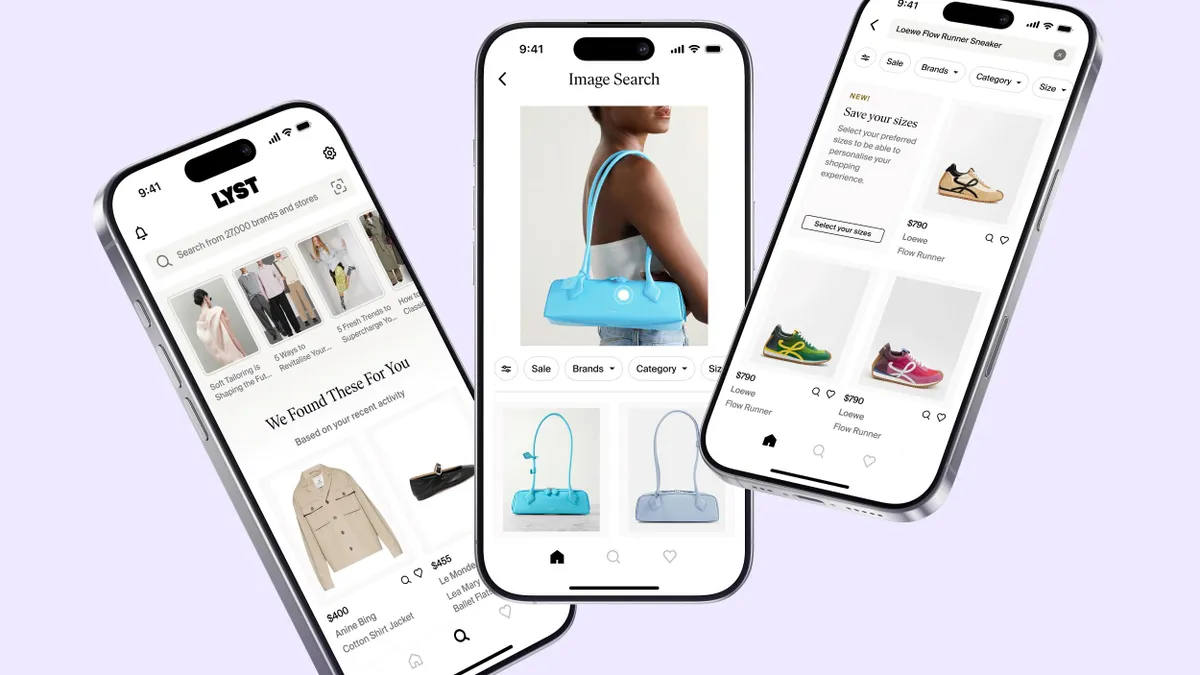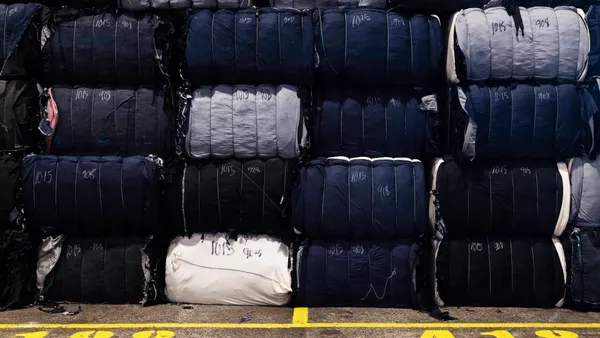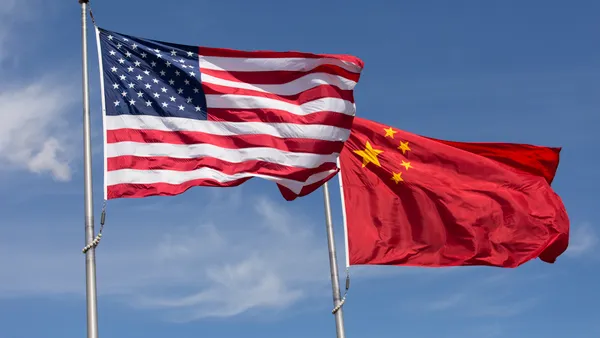Dive Brief:
- Ralph Lauren will work closely with suppliers to shift production levels to countries subject to lower U.S. tariff rates to mitigate the impact of levies on costs, CFO Justin Picicci told investors during a May 22 earnings call.
- The fashion brand’s flexibility stems from having a supply chain with no single country accounting for more than 20% of production, Picicci said. Most countries account for only a single-digit percentage, including China.
- “We've already significantly diversified our global supply chain over the past eight years, nine years,” Picicci said. “And as the cost equation shifts, we'll continue to reallocate production to markets with lower overall landed costs while at the same time maintaining our high levels of quality.”
Dive Insight:
Through its supply chain diversification efforts, Ralph Lauren has factories across five continents, according to its website. The highest concentration of facilities is in Cambodia, China, India, Italy and Vietnam.
“We work with our many key suppliers worldwide to flex volumes based on quality and cost,” Picicci said.
Other companies are also attempting to mitigate the impact of tariffs by adjusting their supply chain sourcing, particularly in relation to China, which has been heavily targeted by tariffs from the Trump administration.
For example, Hugo Boss recently said it had plans to redirect products coming from China to the U.S., and replace them with items from other markets in order to minimize the short term impact of tariffs. Meanwhile, VF Corp. said the company was “well-positioned” to offset tariff threats and global trade conditions because it sources less than 2% from China.
Beyond sourcing diversification, Ralph Lauren is collaborating with supply chain partners to find greater cost efficiencies to offset tariffs, Picicci said. Additionally, the company is increasingly leveraging artificial intelligence and analytics to improve inventory planning.
Pricing is another tariff defensive tool, along with supply flexibility. The company has a “less price-sensitive customer base” than in the past and is assessing “selective pricing actions and further reductions in discounting, both in North America and in other regions,” Picicci said.
Ralph Lauren can adapt its supply chain and pricing to tariffs, but it can’t control their impact on consumers’ spending as the year progresses.
“We believe it is prudent to take a more cautious view on the second half of the year based on a number of macro indicators, notably the impact of tariffs, weakening consumer confidence in the U.S., and increased risk of a broader consumer pullback and a more uncertain global operating environment in general,” Picicci said.












